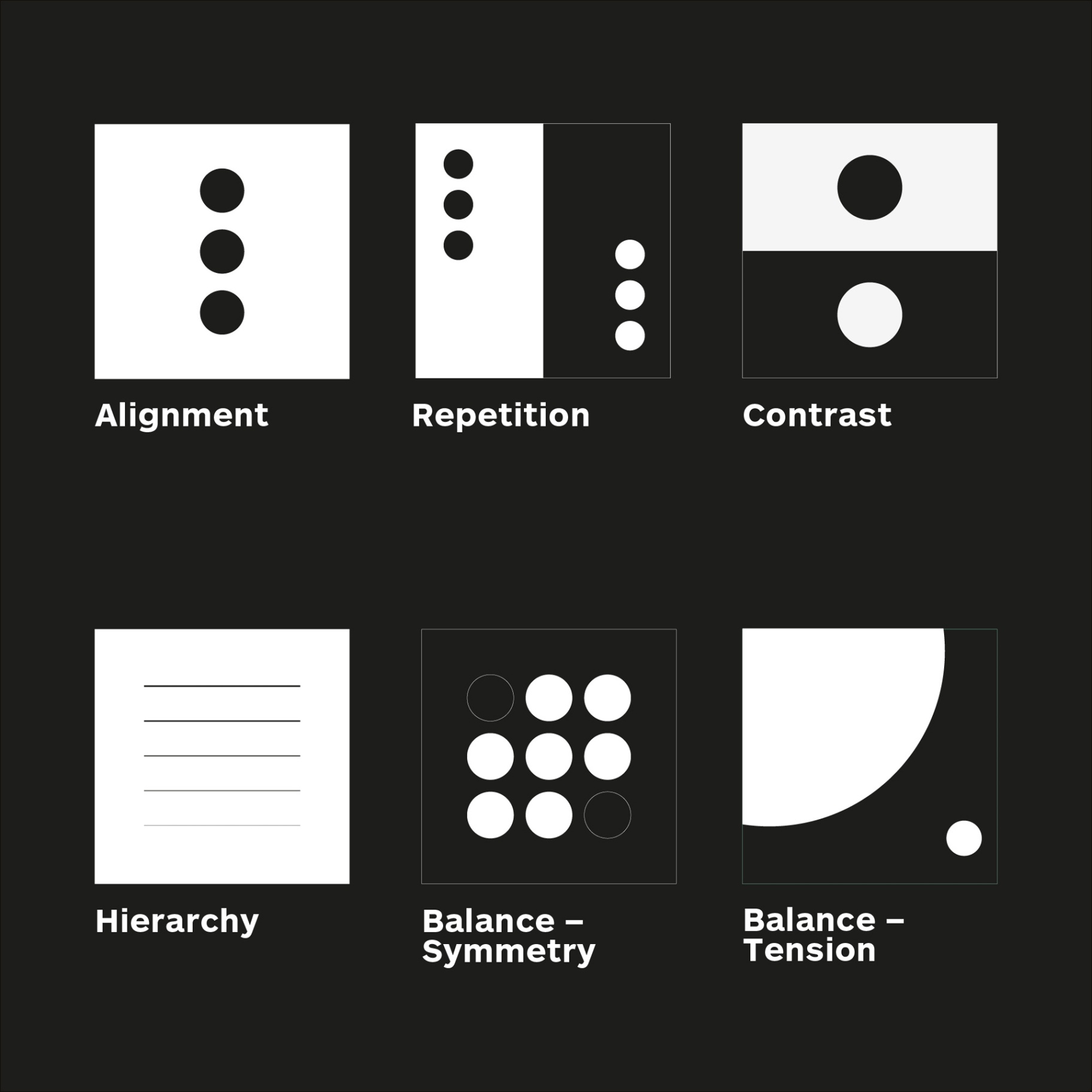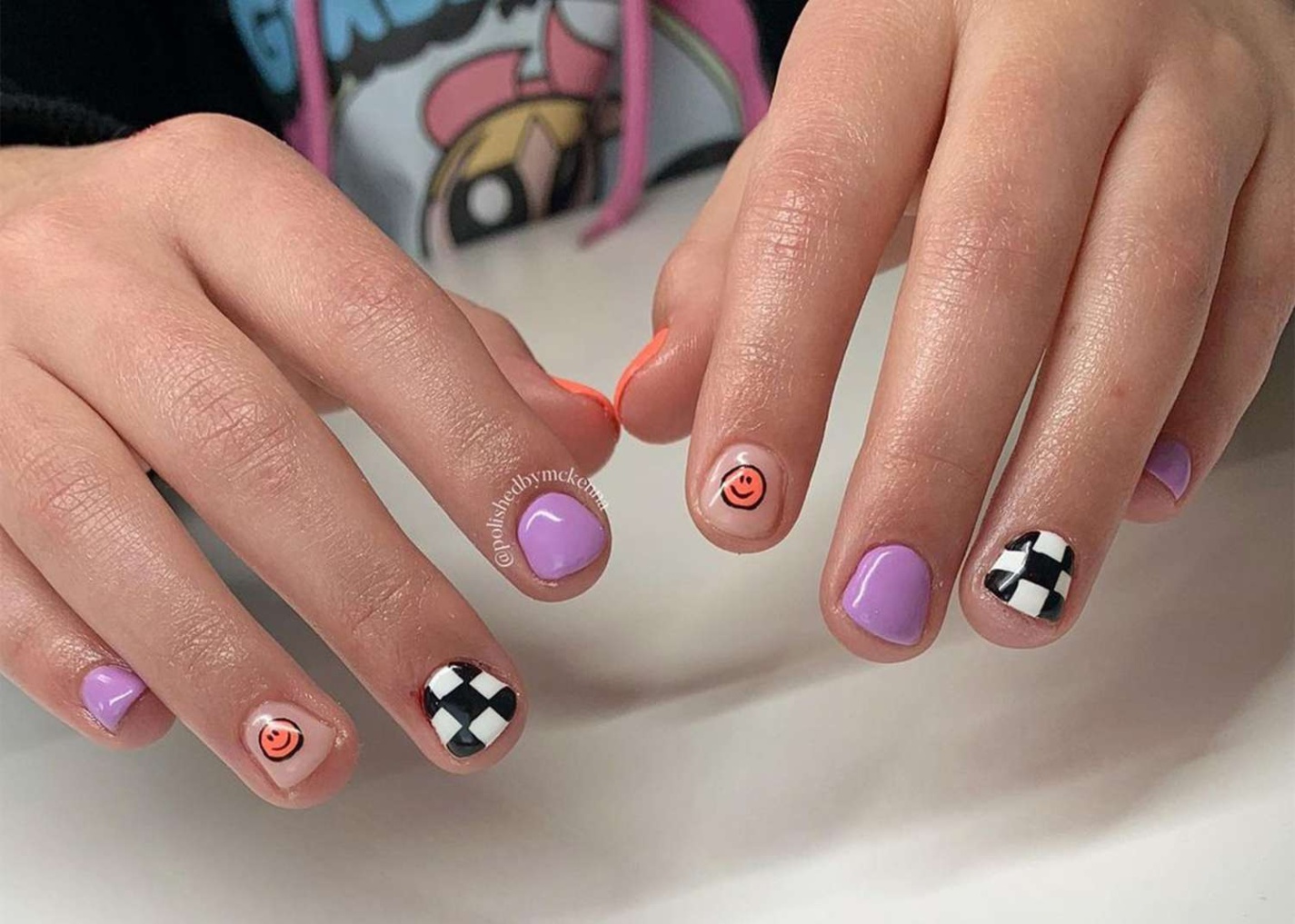Design Magic: Unleash Your Creativity!
Are you ready to unlock the secret to creating truly magical designs? It’s time to unleash your creativity and let your imagination run wild! Graphic Design is all about pushing boundaries, breaking rules, and thinking outside the box. With the right tools and a dash of inspiration, you can create designs that captivate and inspire.

Image Source: i1.wp.com
The key to unlocking your creativity lies in understanding and applying the principles of graphic design. These principles serve as the foundation for all great designs, guiding your choices and helping you bring your ideas to life in a visually stunning way. Whether you’re a seasoned designer or just starting out, mastering these principles will take your designs to the next level.
One of the most important graphic design principles is balance. Balance refers to the distribution of visual weight in a design, creating a sense of stability and harmony. There are two types of balance to consider: symmetrical and asymmetrical. Symmetrical balance involves arranging elements in a mirror image on either side of a central axis, while asymmetrical balance involves creating a sense of equilibrium through uneven distribution of elements.

Image Source: shillingtoneducation.com
Another crucial principle of graphic design is unity. Unity refers to the cohesive relationship between all elements in a design, creating a sense of wholeness and harmony. By establishing a clear visual hierarchy and ensuring that all elements work together seamlessly, you can create designs that are both visually appealing and easy to understand.
Color is also a powerful tool in graphic design, evoking emotion and setting the mood for your designs. Understanding the principles of color theory – such as complementary, analogous, and triadic color schemes – can help you create designs that are visually striking and emotionally resonant. By carefully selecting and combining colors, you can convey a message or evoke a feeling with your designs.
Typography is another essential element of graphic design, as it plays a crucial role in communicating your message effectively. By choosing the right fonts, sizes, and styles, you can create designs that are not only visually appealing but also easy to read and understand. Experimenting with different typefaces and layouts can help you find the perfect balance between form and function in your designs.
One of the most exciting aspects of graphic design is the opportunity to experiment and push boundaries. Don’t be afraid to try new things, break the rules, and think outside the box. By embracing your creativity and letting your imagination run wild, you can create designs that are truly magical and unique.
So, what are you waiting for? It’s time to unleash your creativity and let your designs shine! With the principles of graphic design as your guide, you can create designs that captivate, inspire, and delight. Get creative, break the rules, and unleash the magic of graphic design in your next project.
Graphic Design Principles: Let’s Dive In!
Are you ready to dive into the exciting world of graphic design principles? Get ready to unleash your creativity and transform your ideas into stunning designs! Whether you’re a seasoned designer or just starting out, understanding the fundamental principles of graphic design is essential for creating visually appealing and effective designs.
One of the key principles of graphic design is balance. Balance refers to the distribution of elements in a design in a way that creates visual stability. There are two types of balance: symmetrical and asymmetrical. Symmetrical balance is achieved when elements are evenly distributed on either side of a central axis, creating a sense of harmony and order. Asymmetrical balance, on the other hand, involves arranging elements in a way that creates a sense of equilibrium through contrast and variation.
Another important principle of graphic design is contrast. Contrast involves the use of opposing elements, such as light and dark colors, large and small shapes, or thick and thin lines, to create visual interest and emphasis. By incorporating contrast into your designs, you can draw the viewer’s eye to specific elements and create a dynamic and engaging composition.
Color theory is another crucial aspect of graphic design principles. Colors have the power to evoke emotions, convey messages, and create visual hierarchy. Understanding the basics of color theory, such as the color wheel, color harmonies, and color psychology, can help you create designs that are not only visually appealing but also effectively communicate your message.
Typography is also a key element of graphic design principles. Choosing the right typeface, font size, and spacing can greatly impact the readability and overall aesthetic of your designs. Experimenting with different typefaces and typography styles can help you create designs that are unique, engaging, and visually striking.
In addition to balance, contrast, color, and typography, there are several other graphic design principles that can help you create stunning designs. Proximity, for example, refers to the grouping of related elements in a design to create visual relationships and organization. Alignment involves positioning elements in a design in a way that creates a sense of order and cohesion. Repetition involves using similar elements, such as colors, shapes, or patterns, throughout a design to create unity and consistency.
By understanding and applying these fundamental graphic design principles, you can unleash your creativity and take your designs to the next level. Experiment with different combinations of elements, explore new techniques and styles, and don’t be afraid to push the boundaries of traditional design conventions.
So, what are you waiting for? Dive into the exciting world of graphic design principles and unleash the power of your creativity! Let your imagination run wild and transform your ideas into stunning designs that will captivate and inspire your audience. Get ready to take your designs to the next level and make a lasting impression with your creative vision and expertise.
Color, Balance, and Harmony: The Essentials
When it comes to Graphic Design, there are three key elements that can truly make or break a design: color, balance, and harmony. These essentials play a crucial role in creating visually appealing and effective designs that capture the attention of your audience. Let’s dive into each of these elements and see how they can be used to unleash the power of graphic design principles.
Color is often the first thing that catches the eye in any design. It has the ability to evoke emotions, convey messages, and create a certain mood or atmosphere. When choosing colors for your design, it’s important to consider the psychology behind each color. For example, red can symbolize passion and energy, while blue can evoke feelings of calm and trust. By understanding the meaning behind colors, you can effectively communicate your message and connect with your audience on a deeper level.
In addition to choosing the right colors, it’s also important to consider the balance of your design. Balance refers to the distribution of elements within a design to create a sense of visual equilibrium. There are two types of balance: symmetrical and asymmetrical. Symmetrical balance involves mirroring elements on either side of a central axis, creating a sense of order and stability. Asymmetrical balance, on the other hand, involves arranging elements in a way that is not perfectly mirrored, but still feels visually balanced. By striking the right balance in your design, you can create a sense of harmony and cohesion that draws the viewer in.
Harmony is the final piece of the puzzle when it comes to creating effective designs. Harmony is achieved when all elements in a design work together cohesively to create a unified whole. This can be achieved through repetition, rhythm, and consistency in your design elements. By creating a sense of harmony, you can ensure that your design is visually pleasing and easy to understand. Whether you’re working on a logo, a website, or a print advertisement, incorporating harmony into your design can elevate it to the next level.
So how can you apply these principles to your own graphic design projects? Start by considering the message you want to convey and the emotions you want to evoke. Choose colors that align with these goals and experiment with different color combinations to see what works best. Next, focus on achieving balance in your design by arranging elements in a way that feels visually pleasing and structured. Finally, strive to create harmony by ensuring that all elements in your design work together seamlessly to create a unified whole.
By mastering the essentials of color, balance, and harmony, you can unleash the power of graphic design principles and create stunning designs that captivate your audience. So go ahead, get creative, and let these elements guide you as you transform your ideas into works of art.
Transform Your Ideas into Stunning Designs!
Are you ready to unleash your creativity and transform your ideas into stunning designs? Graphic Design principles can help you bring your vision to life and create visually captivating artwork that will leave a lasting impression.
One of the key principles of graphic design is understanding the power of visual hierarchy. This involves arranging elements on a page in a way that directs the viewer’s eye and emphasizes the most important information. By playing with size, color, and placement, you can create a sense of order and guide the viewer through your design.
Another important aspect of graphic design is the use of contrast. Contrast helps to create visual interest and make certain elements stand out. By using contrasting colors, fonts, or shapes, you can draw attention to key elements and create a dynamic and engaging composition.
Typography is also a crucial element of graphic design. The choice of fonts, sizes, and spacing can greatly impact the overall look and feel of your design. Experimenting with different typefaces and layouts can help you create unique and eye-catching designs that effectively communicate your message.
Color theory is another essential component of graphic design. Understanding how colors interact and influence each other can help you create harmonious and visually pleasing designs. By carefully selecting a color palette that complements your message and brand, you can create a cohesive and impactful design that resonates with your audience.
Composition is also a key consideration in graphic design. By carefully arranging elements on a page, you can create balance, harmony, and a sense of unity in your design. Paying attention to the rule of thirds, grids, and symmetry can help you create visually appealing layouts that draw the viewer in and keep them engaged.
When it comes to transforming your ideas into stunning designs, experimentation is key. Don’t be afraid to try new techniques, explore different styles, and push the boundaries of traditional design. By taking risks and thinking outside the box, you can create truly unique and innovative artwork that reflects your personality and creativity.
In conclusion, by understanding and applying the principles of graphic design, you can transform your ideas into stunning designs that captivate and inspire. Whether you’re a seasoned designer or just starting out, harnessing the power of graphic design principles can help you elevate your work to new heights and unlock your full creative potential. So go ahead, unleash your creativity and start transforming your ideas into breathtaking designs today!
principles of graphic design









